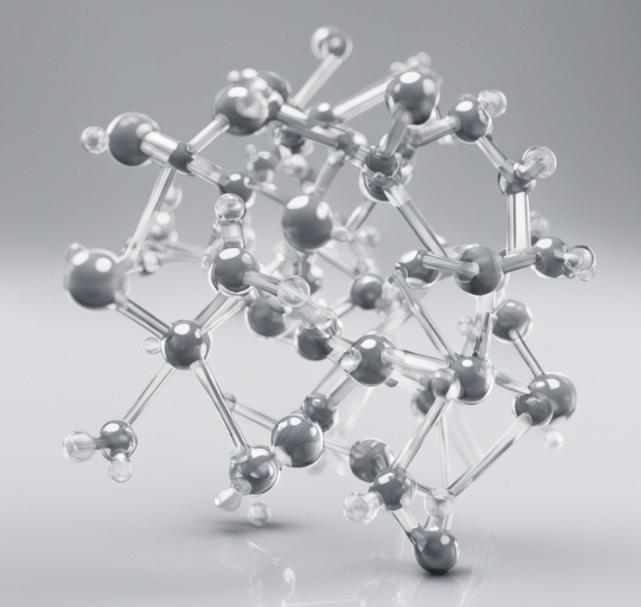Unraveling the Pharmaceutical Puzzle: APIs vs. Intermediates

The world of pharmaceuticals relies on a complex choreography of ingredients, culminating in the creation of life-saving medications. At the heart of this process lie two distinct yet intertwined entities: Active Pharmaceutical Ingredients (APIs) and intermediates. While both play critical roles, their functions and characteristics differ considerably.
APIs: The Therapeutic Powerhouse
Serving as the active engine of any drug, APIs are the highly purified molecules responsible for the desired therapeutic effect. These meticulously crafted molecules interact directly with the body, triggering specific biochemical responses to alleviate symptoms or cure diseases. Imagine them as the intricate gears within a clock, each one essential to driving the overall mechanism.
Intermediates: The Foundation of Innovation:
While not directly responsible for therapeutic action, intermediates serve as the fundamental building blocks upon which the final API is built. These complex chemical precursors undergo a series of transformations, each meticulously designed to introduce the necessary chemical properties required for the final molecule. Think of them as the raw materials that are shaped and honed into the final product.
Beyond Function: Key Distinctions
Beyond their contrasting roles, several key differences set APIs and intermediates apart. APIs are subject to intense scrutiny and stringent quality control measures due to their direct impact on patient health. They must meet the highest standards of purity and consistency to ensure efficacy and safety. Intermediates, on the other hand, may undergo less rigorous testing, as their purity levels directly influence the quality of the final API.
A Symbiotic Relationship
Despite their differences, the relationship between APIs and intermediates is one of unwavering interdependence. The quality and purity of each intermediate directly impact the final API, highlighting the critical role they play in the overall drug development process. Even the slightest variation in an intermediate's structure can have profound implications for the final product, emphasizing the need for meticulous control and precision throughout the production process.
The Future of Pharmaceutical Innovation
Technological advancements are rapidly transforming the landscape of drug development, impacting both APIs and intermediates. The rise of novel technologies like bioprinting and artificial intelligence promises to revolutionize the way we manufacture drugs, allowing for the development of personalized medicine and even more effective treatments.
Understanding the intricate interplay between APIs and intermediates allows us to appreciate the remarkable complexity and meticulousness behind the creation of life-saving medications. As we look towards the future, continued research and development in this area will be crucial in ensuring the delivery of innovative and impactful healthcare solutions for generations to come.
- Art
- Causes
- Crafts
- Dance
- Drinks
- Film
- Fitness
- Food
- Games
- Gardening
- Health
- Home
- Literature
- Music
- Networking
- Other
- Party
- Religion
- Shopping
- Sports
- Theater
- Wellness


